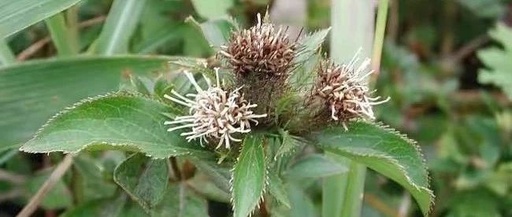
High-Yield Cultivation Techniques for Atractylodes (Cang Zhu)

Atractylodes (Cang Zhu) is a perennial herbaceous plant of the Asteraceae family, with its rhizome used in medicine. It has the effects of drying dampness, transforming turbidity, and alleviating pain. There are many commercial names for this herb, such as Han Cang Zhu and Mao Zhu (Mao Cang Zhu), but they can generally be divided into two main categories: Northern Atractylodes (Bei Cang Zhu) and Southern Atractylodes (Nan Cang Zhu). Processed Atractylodes is commonly used in clinical formulas in TCM hospitals, while Chinese medicine factories mainly purchase raw medicinal materials for production. It is one of the most frequently traded medicinal herbs in the market, and in recent years, it has attracted increasing attention, with market demand showing a trend of annual growth, indicating a broad prospect for artificial cultivation. Now, let us take a look at the high-yield cultivation techniques for Atractylodes!
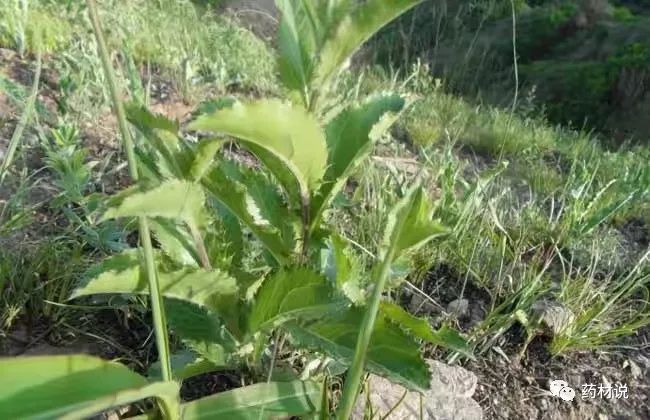
1. Growth Habits
Atractylodes prefers a cool climate and grows wild in the understory of low mountains, in sparse forests, shrubs, and grasslands. It has strong vitality and can be cultivated in barren mountains, slopes, and poor soils, but it grows best in sandy loam that is well-drained, has a low groundwater level, and is loose and rich in humus. It is sensitive to waterlogging; if waterlogged, the roots are prone to rot, so low-lying, waterlogged areas are not suitable for cultivation.
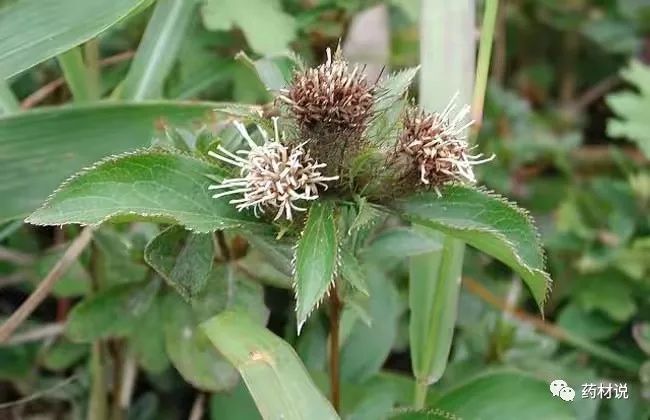
2. Cultivation Techniques and Harvesting Processing
1. Site Selection, Land Preparation, and Fertilization

Select deep, well-drained, loose, fertile soil with ample sunlight, such as loam, sandy loam, or humus-rich loam for the beds. Apply 2000 kg of farmyard manure per mu (approximately 0.165 acres). Use the high bed technique, with beds 130-140 cm wide, length as needed, and height of 10-12 cm, with a spacing of 30 cm between beds.
2. Propagation Methods

1) Division: In mid to late May, when the buds are about to sprout, dig out the old plants with roots, remove the soil, and cut the rhizomes into several small pieces, each with 1-3 buds, and then plant them in the field. 2) Rhizomes: During harvest, excavate the rhizomes, cut off the bud-bearing rhizomes, and use the rest for medicinal purposes. After the cut ends dry, plant them in holes spaced 20 cm × 20 cm. 3) Seeds: In late April, raise seedlings in a sunny location. Before sowing, apply base fertilizer, till the soil, and level it. Create beds 1 meter wide for row or broadcast sowing. For row sowing, open furrows across the bed, spaced 20-25 cm apart and 3 cm deep, evenly sprinkle seeds in the furrows, then cover with soil. For broadcast sowing, evenly scatter seeds on the bed surface and cover with 2-3 cm of soil. Use 3-4 kg of seeds per mu, and cover with straw after sowing. Regularly water to maintain soil moisture, and remove the straw once the seedlings emerge. When seedlings reach about 3 cm in height, thin them out, and transplant when they reach about 10 cm, with a spacing of 15 cm × 30 cm. After planting, cover with soil and water. It is generally easier to survive if planted on cloudy days or in the afternoon.
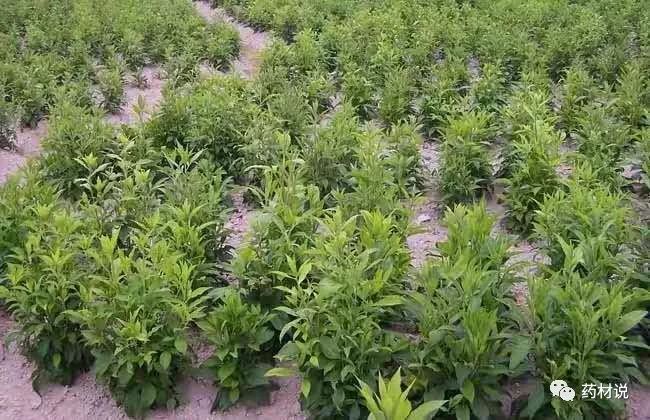
3. Field Management

1) Tilling and Weeding: During the seedling stage, regularly weed and loosen the soil. After transplanting, pay attention to tilling and weeding. If the weather is dry, water in a timely manner, which can also be combined with fertilization. 2) Fertilization: Generally, fertilize three times a year, combined with hilling to prevent lodging. The first fertilization is in May with liquid manure, about 1000 kg per mu; the second is in June during the peak growth period with human manure, about 1250 kg per mu, or 5 kg of ammonium sulfate per mu; the third fertilization should be before flowering in August, using 1000-1500 kg of human manure per mu, along with an appropriate amount of wood ash and superphosphate. 3) Irrigation and Drainage: If drought occurs, water in a timely manner to keep the soil moist. During the rainy season, pay attention to timely drainage to prevent root rot and seedling death, which can reduce yield and quality. 4) Bud Removal: During the budding period in July-August, for non-seed production fields, flower buds of Atractylodes plants should be promptly removed to benefit underground growth.
4. Harvesting and Processing

Home-grown Atractylodes can be harvested after 2 years of growth. Northern Atractylodes can be harvested in both spring and autumn, but the quality is best when harvested in autumn before the seedlings emerge in early spring of the following year. After harvesting Northern Atractylodes, remove the stems, leaves, and soil, and dry them until they are about 50% dry before placing them in baskets, knocking off some of the fibrous roots. When dried to 60-70%, knock them again to remove all the old skin; when fully dried, knock them one last time to achieve a yellow-brown skin, which is the finished product. The best quality has large size, firm texture, many red dots on the cross-section, and strong aroma. Each mu can yield about 200 kg of dried medicinal material.
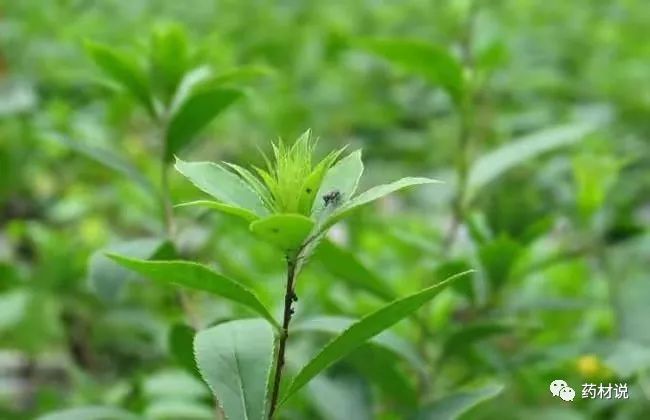
3. Pest and Disease Control for Atractylodes
1. Root Rot Disease

[Harm] Occurs in May and June, causing root rot, gradually weakening the plant’s ability to absorb water and nutrients, ultimately leading to the death of the entire plant. [Control] Ensure proper drainage, immediately remove infected plants, and apply 50% wettable powder of a fungicide at a dilution of 1000 times, or irrigate with 1% lime water, or spray with 50% tolylfluanid at a dilution of 800 times.
2. Aphids

[Harm] Damages leaves and tender shoots, especially severe in spring and summer. Chemical agents can be used, or a mixture of tobacco and lime water in a ratio of 1:1:10 can be applied for control. [Control] Use 50% chlorpyrifos emulsion at a dilution of 1000 times, or 50% imidacloprid wettable powder at a dilution of 3000 times, or 2.5% abamectin emulsion at a dilution of 3000 times for spraying, or use the tobacco-lime mixture for control.
3. Cutworms

[Harm] Young larvae feed on cotyledons and tender leaves, while older larvae feed on the tender stems near the soil, causing the plants to wilt and die. [Control] Use 80% dichlorvos or 50% phoxim diluted in water for root irrigation, or apply 50% phoxim emulsion mixed with fine sand for broadcasting.



